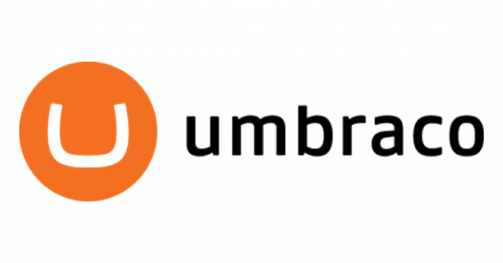Umbraco Review
The other day my associate was providing an Open-source Net CMSs overview. In this short article, I would like to talk about a CMS which is among the most popular of them – Umbraco CMS. It’s used by many business leadership schools, e-commerce sites, big business sites as well as a host of smaller business that just want a simple web presence. This platform can handle them all.
Overview
Umbraco is a non-specialised content management system platform for producing web-solutions varying from basic to extremely complex. Niels Hartvig, a Danish developer, was the individual who began to develop Umbraco. Since it was released as an open source software application in 2004, its development is continued by Niels Hartvig’s group along with a large developers community.
Umbraco is established on ASP.NET platform, which is popular among expert programmers and is one of the most regularly used in the Internet together with JSP and PHP.
Umbraco and DotNetNuke are the most widely known ASP.NET CMSs. At the main Umbraco site, it is said that the CMS presently powers more than 85.000 sites worldwide. In reality, it is far more than that. To lastly persuade you that Umbraco is a rather serious thing, it is proper to point out some large projects using it– Denmark MSDN Neighbourhood, sandisk.com, peugeot.com, heinz.com, hasselbald.com and wired.co.uk.
Unlike lots of other CMSs, Umbraco is not a turnkey program result straight after installation– it’s difficult to begin editing site content without initial actions. At the exact same time, it provides designers with an easy and hassle-free environment, enabling them to create a website that would satisfy particular requirements.
Pros
- Right after installing Umbraco you get a complete featured environment for storing and modifying any information. Need to keep material of the short articles, details about workers, buddies, companies, image albums and so on? no problem! You do not have to study concepts of work with databases, HTML or programming languages to do this. Kind of documents is developed with the aid of visual ways, in addition to fields coming from it; locations for these data on the website are also determined. Later on, documents material is added in the section of material editing. If required in the future, it is possible to change required data fields as one pleases: for example, you can add a brand-new field for contact information to the card of an employee.
- Extension by basic tools– a developer does not have to study a special language. One can utilise a preferred HTML editor– Visual Studio or Dreamweaver. All advancement is lead with conventional ASP.NET means: master-page, HTML, ASP.NET controls. Plus there are add-ons on the basis of XSLT or Razor technologies.
- Complete control of the site appearance– such notions as styles and skins, that to a much degree limit web-developers possibilities, are not fundamental right here. Everything a designer can do with ASP.NET master-pages tools, HTML, CSS is readily available in Umbraco advancement.
- A practical environment for filling a site with material is ready for end-users. For formatted content, among the best editors TinyMCE is used. It has been enhanced for selecting and pasting media files. Users work with various data on the website in a typical style, whether it is an image gallery or business’s customers list. For that reason, it does not cause much problem for the users to learn the management part.
- A really fast advancement of the areas that need only viewing info; API to organise different types of feedback.
- A lot of available extensions at the official support website. The CMS is rather popular, so the community is pretty big. That is why it is quite possible that there is currently an answer to all your questions or a prepared extension module has been currently developed.
- Magnificent possibilities for code reuse. Once developed a macros or a control, it can be easily applied in various places of the continuous project or another one.
- Multilanguage support: terms dictionary, translation of the content 1 to 1 or an independent language site areas. There is a unique capability for translators in the administrative part.
Cons
- It is fairly challenging to make use of the system right after installing. Umbraco is intended for developers and needs customisation for a certain job prior to users being able to see the site pages and to perform content editing. Nevertheless, while installing, one can select a starter package that sets up a proper preliminary structure for a blog site, an individual or a news website. However still, modification is required.
- A programmer, who is not knowledgeable about the CMS, will certainly not be able to start establishing a site straightway, having to spend his time on studying the system and its opportunities.
- The regular issue of Umbraco requires complete trust mode with prolonged rights for site work. Not all the hosting services permit it.
- Website content assistance in XML might trigger some problems with performance on very big sites (more than a few thousand nodes). In this case, it is recommended to bear in mind about page caching, macros output. Also, if there is a big quantity of information, it is recommended to save the records in the databases tables solely, not in Umbraco node-documents.
These are all benefits and disadvantages of using Umbraco we have experienced up until now.
